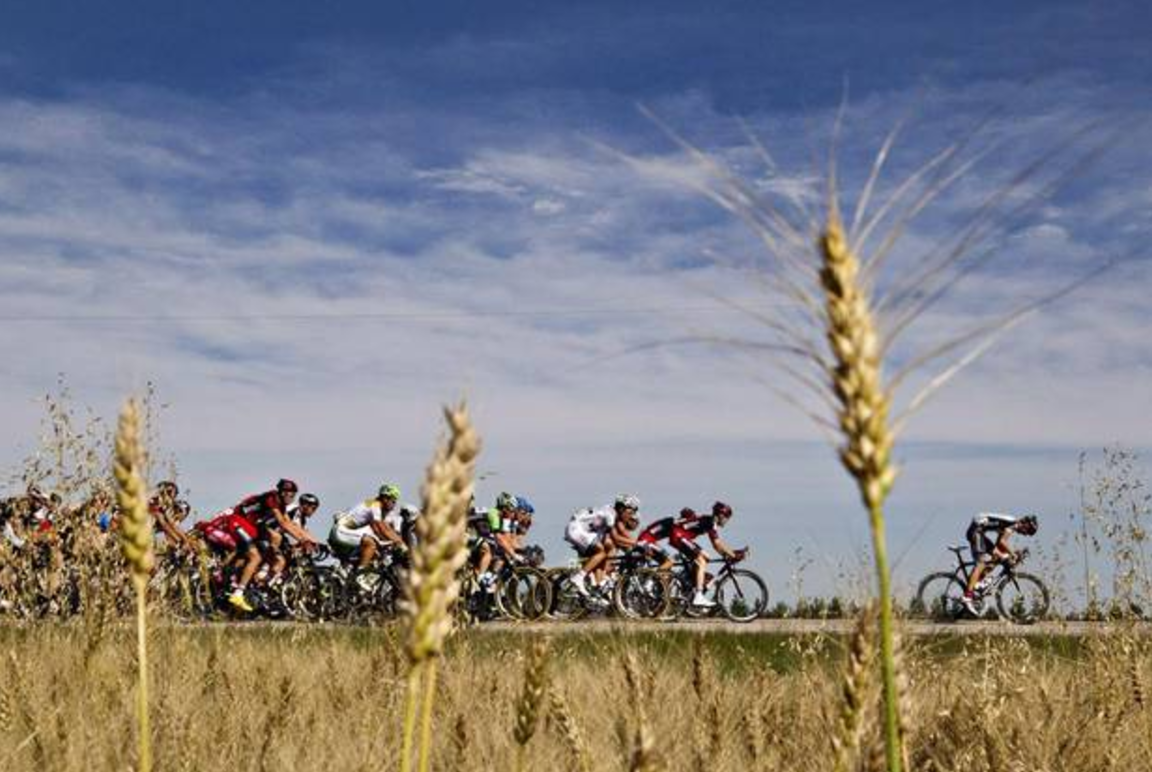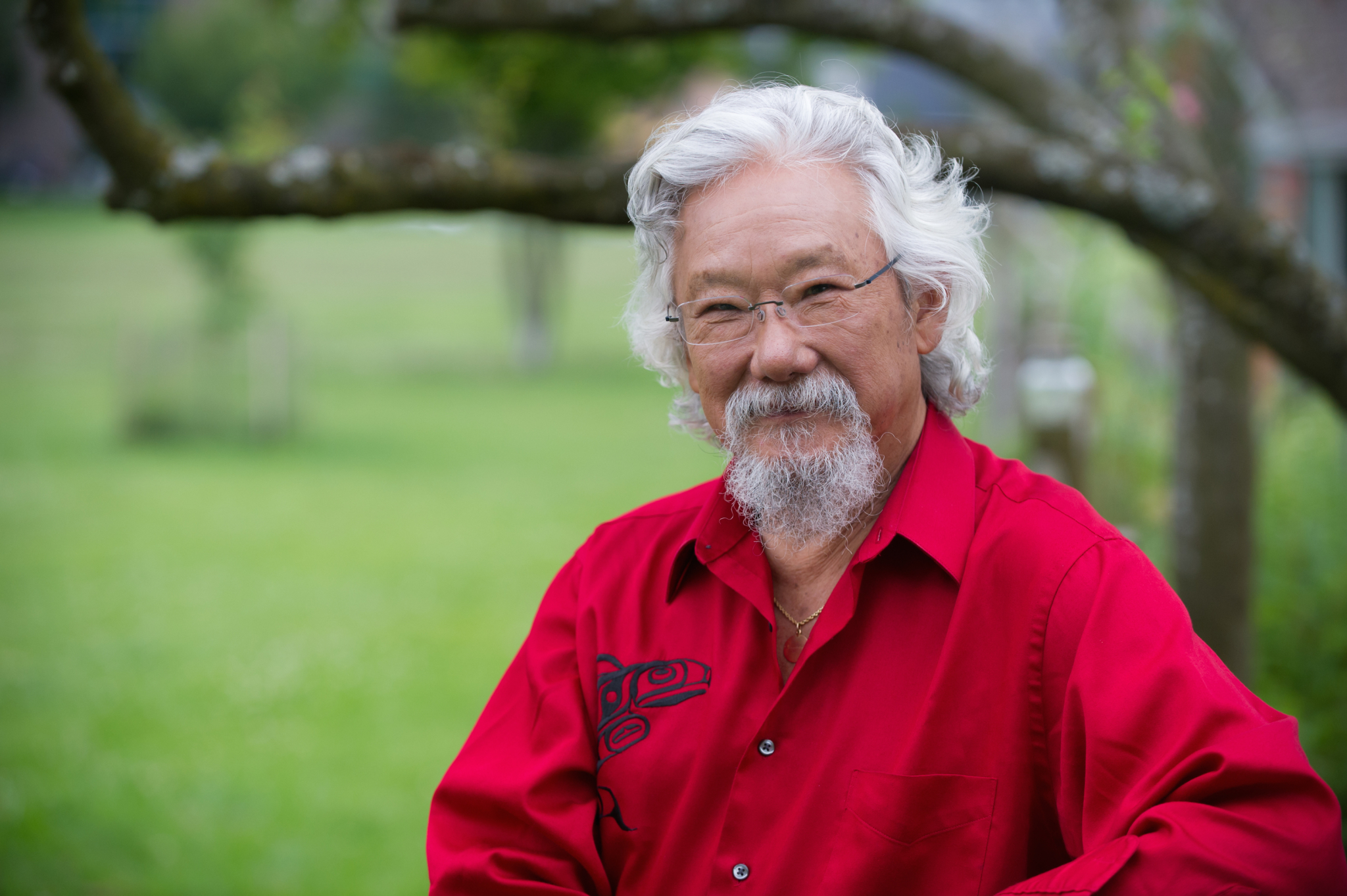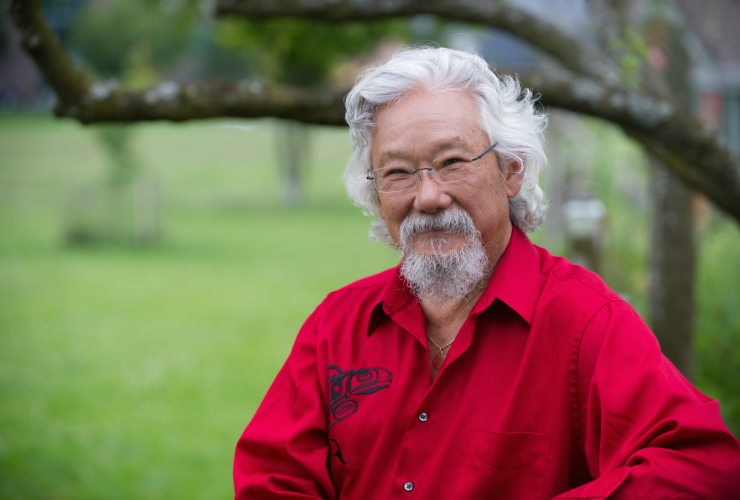Two hundred years ago this month, an environmental and fuel crisis inspired one of our greatest inventions — a device so simple, efficient and useful that it’s turning out to be part of the solution to today’s environmental and fuel crises.
As a Treehugger article explains, the eruption of Indonesia’s Mount Tambora in April 1815 spewed so much ash and sulphur dioxide into the atmosphere that it blackened skies, and 1816 became known as the year without summer in much of Europe and North America. The largest volcanic eruption in recorded history led to widespread crop failure and famine. Livestock died because there was little to feed them, and they became food themselves. The costs of fuel for horses, mostly oats, soared.
German forester Baron Karl von Drais needed a way to inspect tree stands without relying on horses. In June 1817, he built a simple wooden two-wheeler, without pedals, that he called the Laufsmaschine, or “running machine” — although it came to be known as a draisine.
From penny farthing to bicycle
His invention led to the first conflicts between cyclists and users of other transportation modes, including pedestrians. Carriage ruts in unpaved roads made manoeuvring on two wheels difficult, and cyclists started riding the brakeless bikes on sidewalks, which led to widespread complaints and bans in some countries, including Germany. Many people were simply opposed to the newfangled devices and their riders.
These conflicts diminished popularity of the early two-wheeler. The later pedal-powered penny farthing, with its huge direct-drive front wheel and small back wheel, suffered a similar backlash. But technological advances — such as rear chain drives, ball bearings, pneumatic tires and freewheels — eventually made bicycles a more viable transportation mode.
Today, technologies like lighter frames and better gearing, as well as electric bikes and share programs, are making cycling accessible to more people. But bikes and their riders still face backlashes — in part because so much urban infrastructure has been dedicated to motorized vehicles and, to some extent, pedestrians, leaving cyclists to compete for space.

Cities becoming more bike-friendly
As civic leaders and citizens gain a better understanding of the benefits of getting people out of private automobiles — reduced pollution and climate-altering emissions, less gridlock and more human-centred urban design among them — municipal governments and supporters are working to create more, safer spaces for cyclists. Many cities, including my hometown of Vancouver, are expanding separated bike lane networks, and some employers and businesses are providing encouragement through better parking and showers for cyclists.
The benefits of increased cycling go beyond reducing pollution and greenhouse gas emissions. Riding a bike is good for your physical and mental health. Bicycles can move more people with less space and are far more efficient than cars. Most of the fuel used to power a car is either lost or used to propel the massive vehicle, whereas fuelling a bike’s engine — that’s you — requires only a healthy diet. In cities where traffic is heavy, cycling is often faster than driving. It’s even more energy-efficient than walking! You can also save a lot of money on fuel, parking, maintenance, insurance and purchase.
Costs to society — and taxpayers — are also lower. Bikes are easier than cars on infrastructure such as roads, help reduce health care costs and can alleviate poverty as people spend less on vehicle-related costs. Streets become more human-centred, and businesses along bike lanes can benefit.
Good for the body, good for the planet
Cycling isn’t possible for all people at all times, especially during harsh winters. But as more people get out of their cars, those who need motorized transportation — whether private automobiles, taxis, emergency vehicles or transit — will experience less gridlock and competition for parking, along with greater safety.
Those who fear risking injury or even death from cycling have valid concerns. Collisions with larger vehicles or even other cyclists, breathing pollution from cars and getting caught in inclement weather are all possible. But many of those risks are reduced with better cycling infrastructure, such as separated lanes, and proper clothing, lights and repair kits. Studies have also shown the health benefits of cycling outweigh the risks.
Two centuries after their invention, bicycles are still the most efficient and beneficial form of transportation we have. Get out and ride if you can! It’s good for you and the planet.
— written with contributions from David Suzuki Foundation senior editor Ian Hanington.





Comments